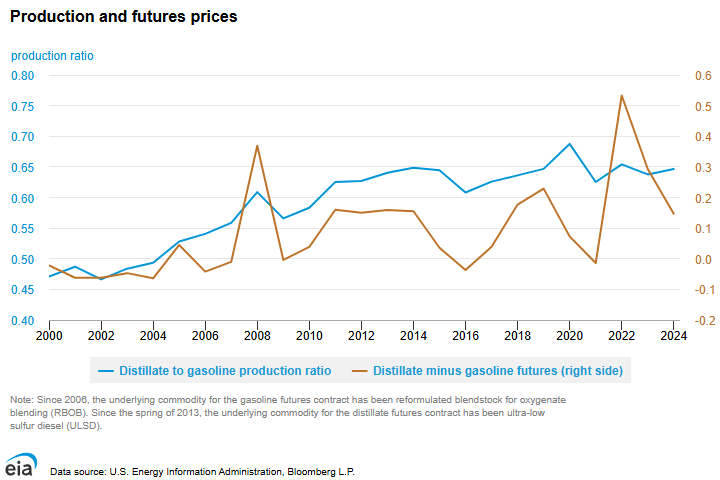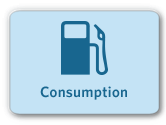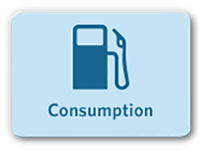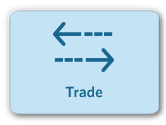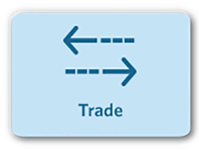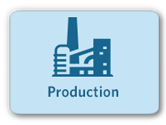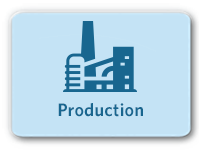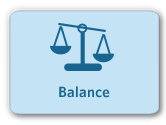What drives petroleum product prices: Production
Refineries produce a wide range of petroleum products when processing crude oil. More complex refineries can upgrade some of the volume of heavier or lower-quality streams into more valuable products such as gasoline or distillate. Some refineries also have a degree of flexibility with respect to the volume of gasoline versus distillate produced. Price signals can influence short-term production decisions as well as long-term investments that may influence the type of petroleum product produced. Total production of refinery products increased starting in 2013 as U.S. refineries process more crude oil, invest in additional processing units to upgrade products, and expand into international markets. The net increase in production has been driven by large increases in motor gasoline and distillate, despite decreases in products such as residual fuel oil.
